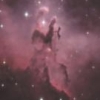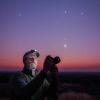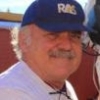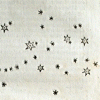I currently have a native 420mm refractor on an AM5 mount working well. I'd like to add a 6 or even 8 inch RC for planetary. If I use the new scope for DSOs, I will need to upgrade my guide scope. My refractor would be a good fit for that purpose. Not sure if I'd want to re-configure things all the time. However, I'm in a Bortle 7-8 area with lots of light coming from the neighbors. I would need to keep the subs to 60 seconds or less. For that amount of time, is guiding going to help me at all?
Thanks,
Mike
Short answer yes ALWAYS guide no if ands or buts.
Thing to know about tracking error many people dont understand.
The tracking error is sharp spikes like tectonic plates shifting (dramatic comparison i know) not quite the slow drift of error many would suspect (that is still possible though)
The reason short subs are primarily favored unguided is because you have a higher chance of getting subs with minimal noticeable error. So you can toss the bad and keep the good. If you do longer exposures sub all that tracking error across the 60 seconds is all blurred onto one sub.
With harmonic mounts the tracking is more rigid compared to EQ mounts. I would say 10-15 seconds with an average EQ mount unguided (at your imagescale). Harmonic you'll probably want to be around the 5 second area.
If you currently have a guiding setup go ahead and run a short tracking session but disable guiding inputs and watch the amount of error you'll get.
Edited by Andros246, 14 May 2024 - 01:56 PM.

















